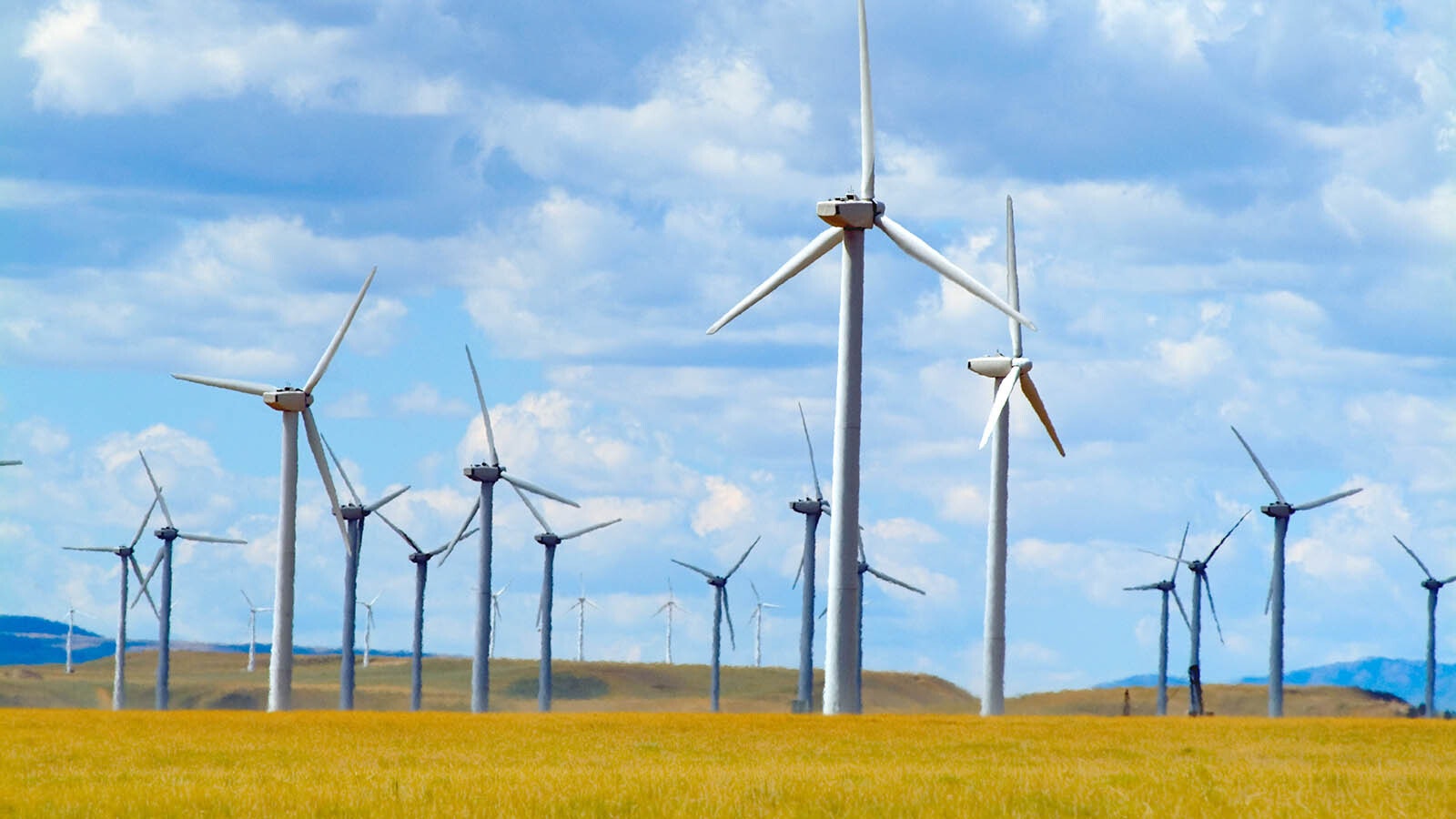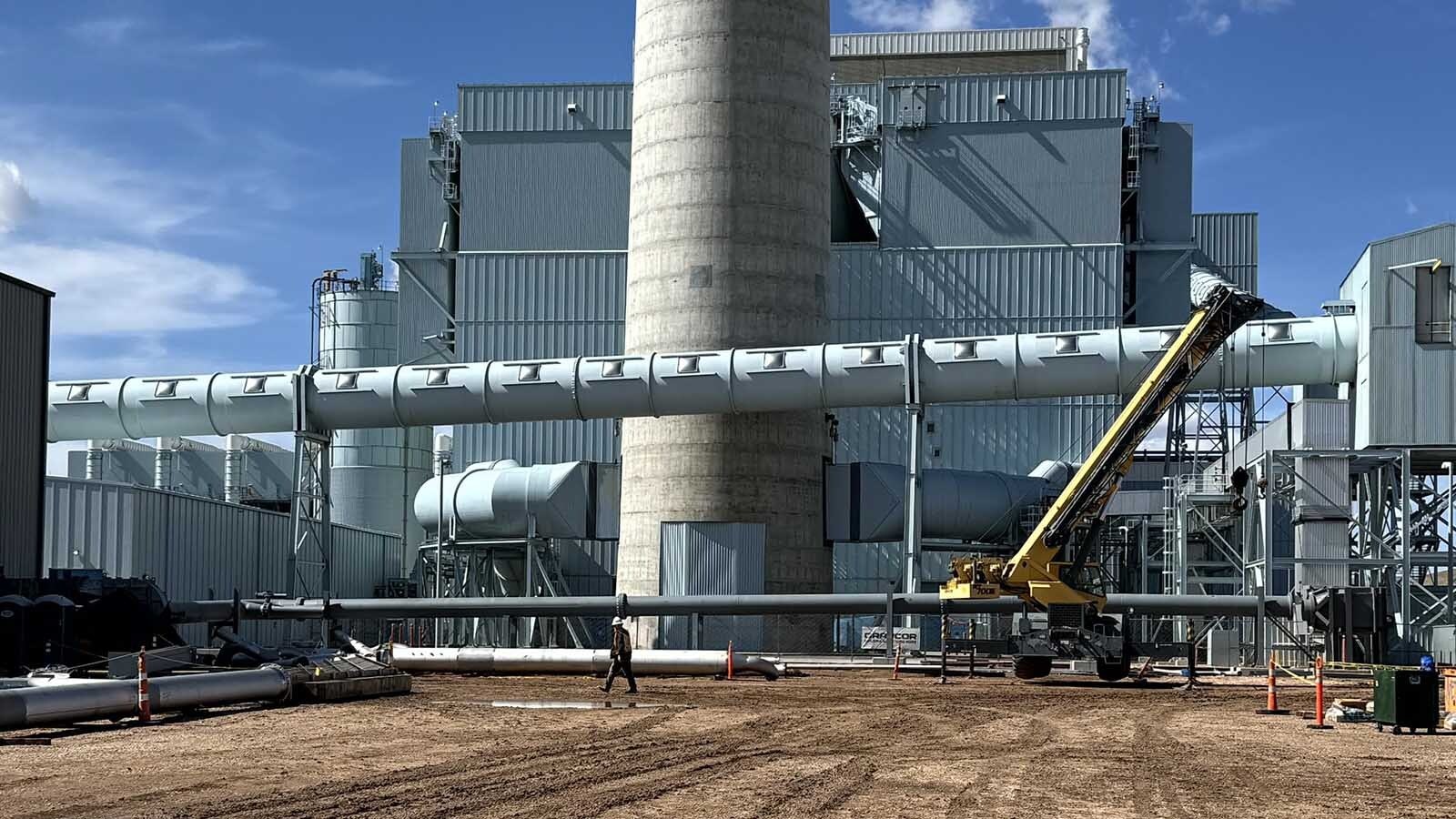It’s a little too windy for October, isn’t it?
Unless you really like the wind, then the answer is yes.
But when you look at the data, the hurricane force gusts that much of Wyoming has been experiencing are sadly not uncommon for October.
That being said, the 101 mph gust recorded at a place aptly called Mt. Coffin in Lincoln County does seem a little extreme.
It really shouldn’t be in the conversation though. That’s what Wyoming’s weatherman Don Day told Cowboy State Daily on Thursday.
“That’s because it was a mountaintop wind,” Day said. “It’s almost 11,000 feet and not representative of wind on the plains.”
Using Day’s restrictions, the 84 mph gust at Fort Washakie does count. As does the 83 mph wind gust at Arlington. And even the relatively wimpy 71 mph gust at the Cheyenne airport counts.
Sadly, it’s not unusual for this time of year. We might think it’s unusual because it’s happening now and our memories really aren’t very good.
“October to April is our windy season and strong winds like yesterday happen in October more than you think,” Day said.
It’s because the seasons are changing and when that happens, we experience an increase in strength of jet stream winds aloft and that’s when we get our high wind events, Day explained.
There’s got to be a way to make lemonade out of the lemons though, right?Not really.
You can try kite-flying. But you’ll never see your kite again, Day said.
Well, at least we can harness the excess wind and generate wind-power.
Nope. It’s even too windy to generate wind-power, he said.
If you want to blame anyone, you can blame Day. We do. We’re well aware that this is killing the messenger, but we don’t mind.
Truth be told, however, the problem is where the state is located.
Wyoming is in the mid-latitudes (half way between the North Pole and the equator), Day explained, and from fall to spring the jet stream is either overhead or nearby and we have strong winds aloft (which means strong wind events as Day mentioned earlier).
Second, Wyoming’s high elevation puts us closer to those jet stream winds.
Third, and this is where Day really gets interesting:
If you look at a map of North America, the largest gaps between mountains in the Rockies are in Wyoming, from the end of Snowy Range to the tip of the Wind Rivers and between Casper Mountain and the Bighorns.
“The winds get squeezed through the gaps and that accelerates the wind,” he explained “Like putting your thumb over a garden hose.”
“So, there are parts of Wyoming where the wind is accelerated because of the interaction with the terrain (mountains and mountain gaps) and the strong winds aloft,” Day said.
“The best example of this is I-80 around Arlington/Elk Mountain and I-25 at Colorado border and I-25 south of Wheatland,” he said.





